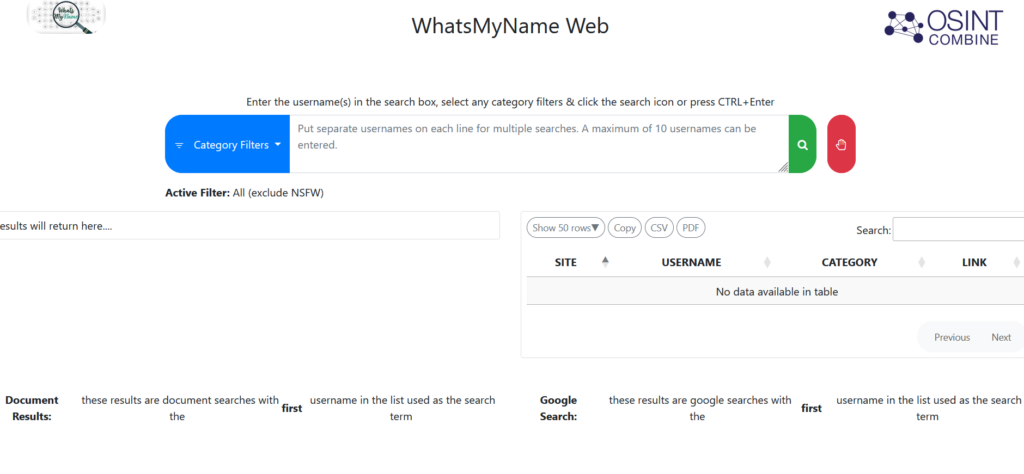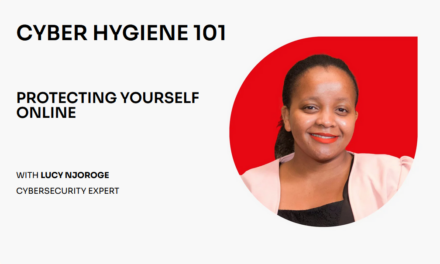
How to Track Your Digital Footprint Across the Web

Your digital presence, in today’s time and age, is no longer the sum of all social media platforms. With every click, every search, every online interaction, a trail is created-your digital footprint. But how many times have you ever wondered just how much information about you is up online, and where? Whether it is a question of privacy, having an interest in one’s presence online, or digital forensics, knowledge in how to track the digital footprint is very relevant. Here is how one can start discovering and managing an online trail.
What is a Digital Footprint?
A digital footprint means the trail left by the activities and interactions of an individual in his online environment. This encompasses all postings, sharings, comments, and even sites visited or applications used. There are two types of digital footprints:
Active Footprint: Something that you deliberately post online, such as posts from social networks, comments, and profile information.
Passive Footprint: Information collected about you without you directly providing it, such as cookies tracking your browsing history or websites logging your IP address.
Both go toward the development of the online persona you have created-over time, whether it be realized or not.
Why Should You Track Your Digital Footprint?
There are a number of reasons why tracking your digital footprint is important, including:
Privacy Protection: Knowing where your data is stored will better enable you to take action to protect sensitive information.
Reputation Management: Information on the web—whether positive or negative—can influence how you’re perceived.
Security Awareness: Monitoring a digital footprint could allow you to observe a potential security risk, such as impersonation or fake accounts.
Data Control: Be in control of whatever is shared about you, making informed decisions on your presence.
How to Track Your Digital Footprint Across the Web
Tracking your digital footprint doesn’t have to be an advanced course in cybersecurity. The good news is that anyone can find their digital trail using the right tools and a little strategy. Here’s how:
1. Search for Yourself Online
A very easy, basic way to start following the digital footprint is to just search for your name, username, or e-mail in the most popular search engines and note the results you did not leave. For instance, some old comments on forums or other third-party websites may remain there. Even cached pages may have outdated information.
Check what comes out on Google, Bing, and/or DuckDuckGo.
Look for name variants such as nicknames, misspellings, and usernames.
- Search Social Media Accounts
Some of the most public faces of your digital footprint come in the form of social media accounts. The privacy settings for each of these services should be considered to determine what information is available to the public.
Look back at your posts, photos of you that other people have tagged, and shared content.
Clear out all the information that may be very old or irrelevant.
Search for your username using search engines across multiple sites to see what you might have forgotten about.
- Leverage Tools that Can Track Your Usernames

For those who would want to dive even deeper, there are tools developed to track a digital footprint. One of them is WhatsMyName.app-a really powerful tool to find your username on various websites and social networks. That gives you an idea where your username could appear: in forums, on social media sites, or even in data breaches.
These tools will help you:
Identify accounts that you might have forgotten about.
Find out about new platforms where your username might have been registered.
Keep an eye on your online presence to ensure there are no unauthorized accounts using your name.
- Data Brokers and Aggregator Sites Review
Many websites and companies are into collecting public data of individuals for marketing purposes. These sites aggregate your information such as your name, email, and address, and more often than not, share or sell it. Some of the most well-known data brokers include Spokeo, Whitepages, and PeopleFinder.
Search for yourself on these platforms and request removal if you don’t want your personal information listed.
Be proactive: opt out of these services as a way of reducing exposure.
- Check Your Email and Associated Accounts
Your email often serves as the username across many online accounts, probably some of which you even forgot existed. Use services like Have I Been Pwned to see if your email has been a part of any data breaches.
This is especially important if you’re concerned about identity theft or fraud. It’s essential to stay updated on which websites hold your information and whether any of your accounts have been compromised.
Managing Your Digital Footprint
Having come to realize how big your digital footprint is, it is all about managing it. Here are some helpful tips in maintaining control:
Update Privacy Settings: Make the settings in your social media accounts so that others can see just that little about you that is necessary.
Unnecessary Account Deletion: Accounts that are no longer used should be closed to minimize the possibility of unauthorized access.
Use Strong, Unique Passwords: Secure all accounts with strong passwords and two-factor authentication enabled.
Regular Monitoring: Periodically search for yourself online to stay informed about what’s out there.









































Awesome! Its in fact amazing post, I have got mmuch clear idea concerning from this piece of writing.